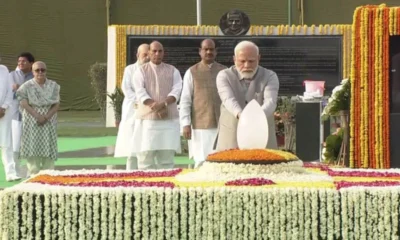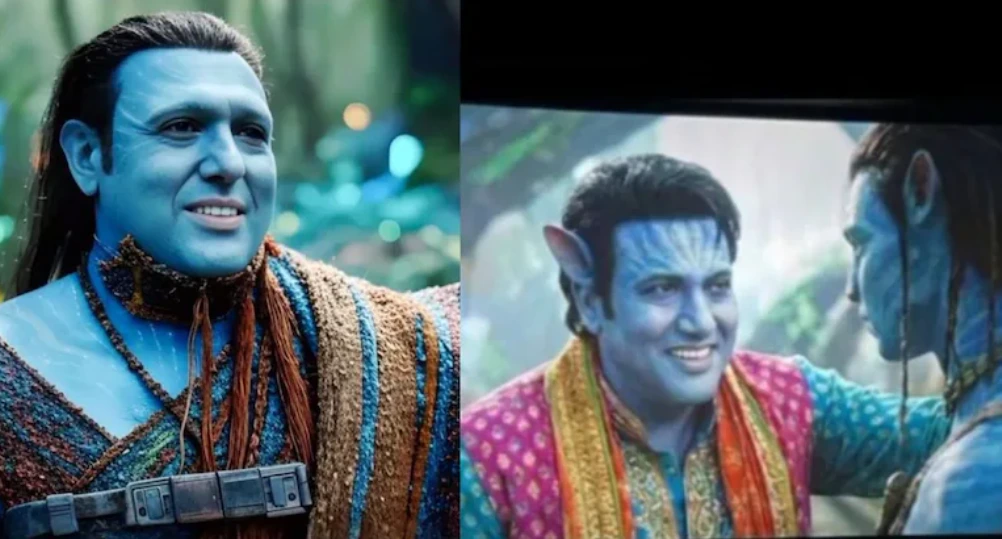Entertainment
Mrs Chatterjee vs Norway: Everything you need to know about the woman who inspired this Rani Mukherjee starrer
The film is inspired by the story of an Indian couple, Sagaraika and Anurup Bhattacharya who moved to Norway in 2007.

Entertainment
Govinda’s Avatar: Fire and Ash cameo clips go viral, truth behind the AI-generated videos
AI-generated videos claiming Govinda’s cameo in Avatar: Fire and Ash have gone viral, but the actor does not appear in the film.
Entertainment
The Odyssey trailer: Christopher Nolan unveils first look of epic journey led by Matt Damon
Christopher Nolan has released the first trailer of The Odyssey, offering a glimpse into Matt Damon’s epic journey home after the Trojan War.
Entertainment
Dhurandhar box office day 17: Ranveer Singh film crosses Rs 555 crore, enters all-time top 10
Dhurandhar crosses Rs 555 crore at the Indian box office on day 17, overtaking Animal and entering the all-time top 10 films list.
-

 India News14 hours ago
India News14 hours agoKarnataka bus-truck collision on NH-48 leaves 10 dead as sleeper bus catches fire
-

 India News14 hours ago
India News14 hours agoCried over Gaza, not a word on Bangladesh: Yogi Adityanath attacks opposition in UP Assembly
-

 Latest world news9 hours ago
Latest world news9 hours agoTarique Rahman returns to Dhaka after 17 years, massive crowd greets BNP leader
-

 Latest world news6 hours ago
Latest world news6 hours agoKhaleda son Tarique Rahman arrives to rapturous welcome in Bangladesh
-

 India News14 hours ago
India News14 hours agoChristmas 2025 wishes for WhatsApp and Instagram status to share joy and warmth
-

 India News14 hours ago
India News14 hours agoPM Modi pays tribute to Atal Bihari Vajpayee at Sadaiv Atal, says leadership is defined by conduct








